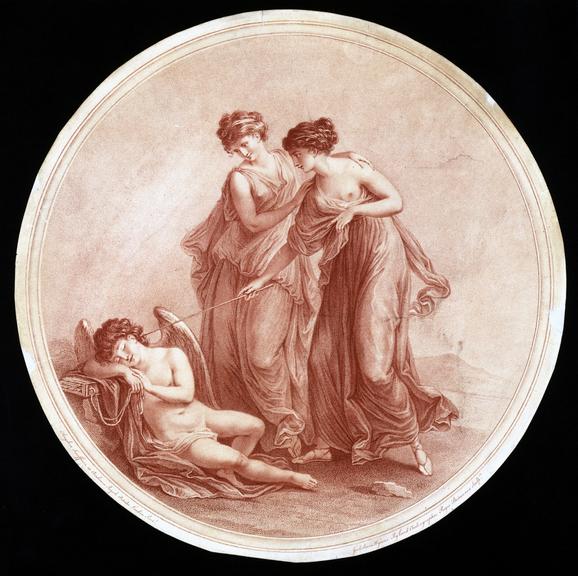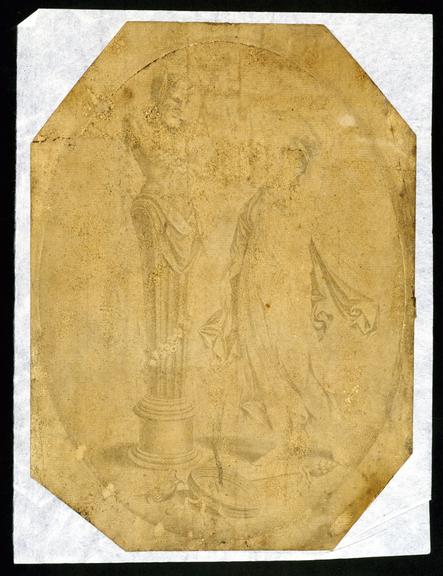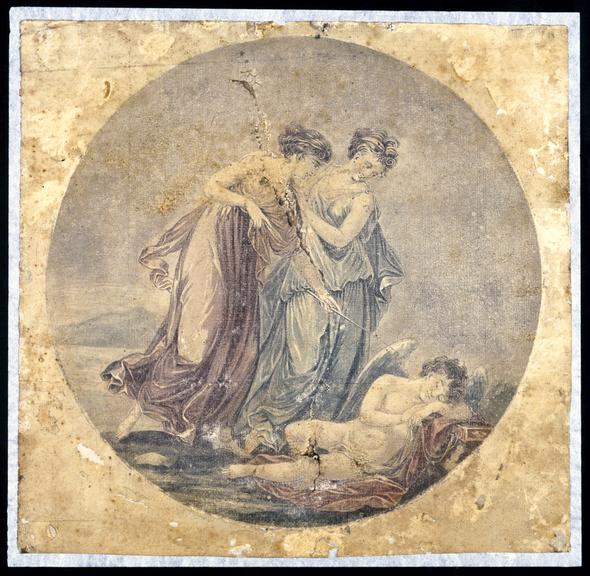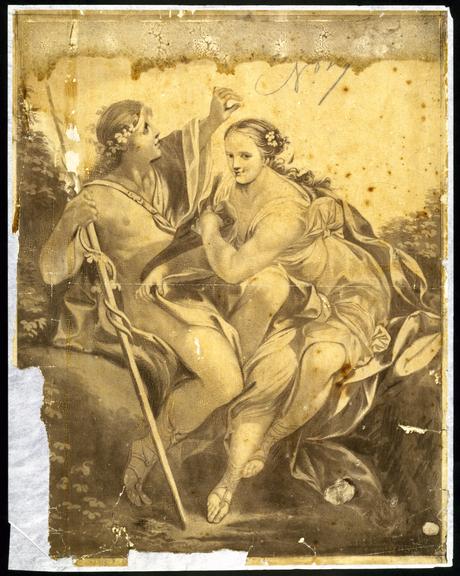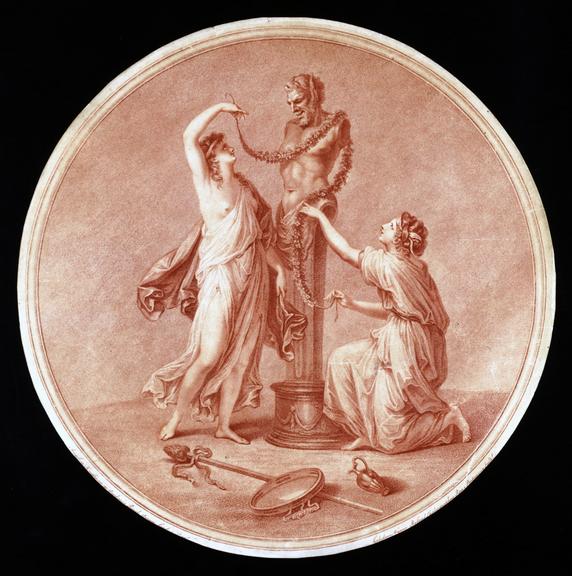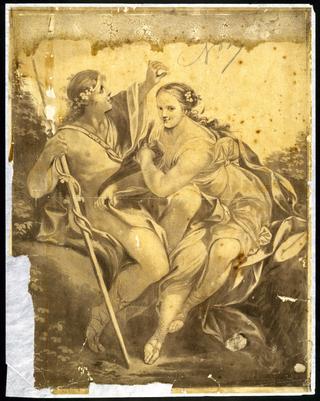
Venus and Adonis
1778-1781






Seven "Sun Pictures". Supposed to have been produced by a process invented by James Watt. Now identified as 'mechanical paintings' executed between 1778 and 1781 by an unpatented process of Watt's partner, the entrepreneur Matthew Boulton (1728-1809) and his craftsman at the Birmingham Soho Works, Francis Eginton (1736-1805). Boulton and Eginton established a business producing 'mechanical paintings' which was not successful. The process - of early colour printing - is significant for its use of an albumen surface and may be regarded as aquatint at an intermediate stage ready for transfer printing processes akin to those used in ceramics technology. For further details please see 1884-16 Pt1 to 1884-16 Pt7.
